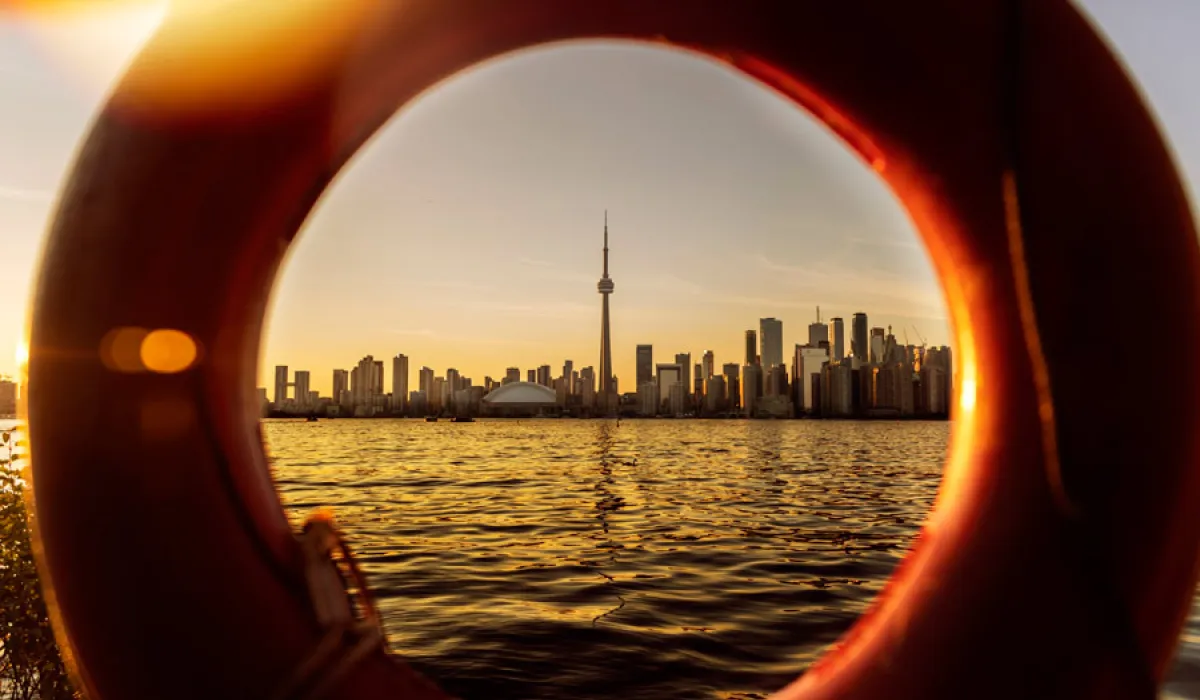The Issue Of Water Safety On Cruise Ships

Although water safety is a top priority, a total of 17 drownings or near drownings have occurred on cruise ships since 2013, Fox News reports. Around 10 of these instances caused the death of a child under 11 years of age, while two resulted in serious brain injury, motivating parents to sue. Fortunately, however, incidents of drowning are ultimately rare — over one million children cruise every year. Since there’s no industry standard for water safety on cruise ships, each cruise line has its own water safety initiatives in place.
Risk factors for drowning
Roughly ten people — including two children — drown on average every day, the CDC reveals. Some of these people even know how to swim. There are a number of risk factors which increase someone's chance of drowning. Knowing the risks can help crew members to prevent drowning and improve water safety on board ships. Age is one of the most common risk factors for drowning — children under five are most vulnerable. Adults and children who don’t know how to swim, float and tread water also are more likely to drown. Lack of close supervision can also easily lead to tragedy, since drowning can happen both quietly and quickly. Additionally, failure to wear a lifejacket is a common reason for drowning. According to the U.S. Coast Guard, nearly 85% of people who drown aren’t wearing a life jacket at the time.
Water safety initiatives
The need for lifeguards on cruise ships is an increasingly popular argument — 34% of cruisers think lifeguards should be stationed aboard cruise ships — a 10% increase over the past four years, a Cruise Critic poll reveals. As such, cruise lines have slowly been adopting various water safety initiatives. Royal Caribbean International now has lifeguards on board and Coast Guard-approved life jackets for children. Water safety classes are also offered to young children and teens. And, while they don’t have lifeguards, Norwegian Cruise Line trains crew members in water rescue and lifesaving procedures, and stations them at family pools on its largest ships with water play areas and Aqua Parks. They also have lifeguards on their private islands. Since 2013, Disney Cruise Line has had lifeguards and life jackets on their ships and private island. They decided to start using lifeguards after a near-drowning on the Disney Fantasy left a four year old boy permanently disabled with brain damage. Carnival Cruise Line doesn’t have lifeguards, but they do provide Coast Guard-approved life jackets on board their ships. Their Dr. Seuss attraction has three full-time attendants trained in pool safety, first aid, and CPR. Holland America, Carnival’s sister line, has lifeguards on its private island, which is shared with Carnival.
Water safety should be of prime importance for both crew members and passengers on cruise ships. By implementing effective water safety initiatives, cruise ships can help make their swimming pools as safe as possible for both guests and crew members.

